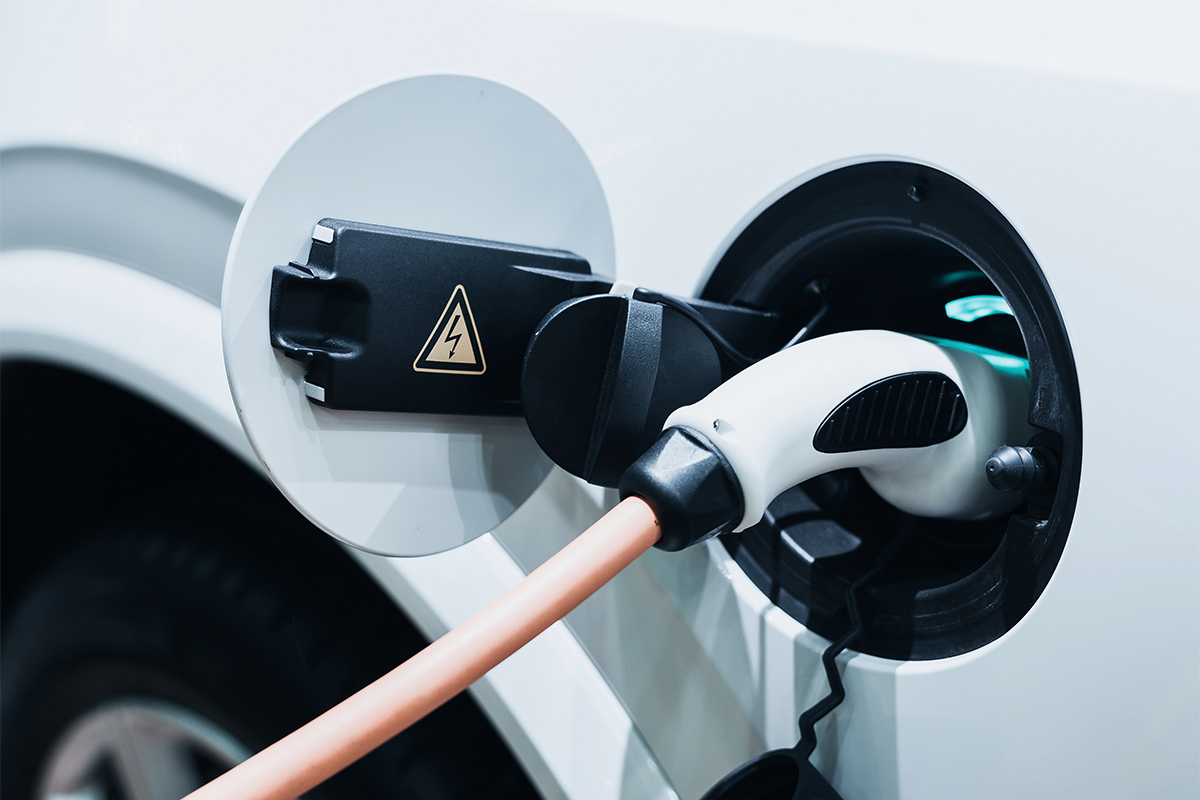HDFC Securities said on Saturday that country’s automobile Original equipment manufacturer (OEMs) are accelerating their shift towards Electronic Vehicles (EVs) by investing in startups and enhancing collaborations.
In its latest report HDFC Securities said, “along with developing electric products in-house, OEMs are open to collaborations, to reduce the speed-to-market as well as maintain capital efficiency.”
Advertisement
“Part suppliers are attempting to segment agnostic, developing components for ICE, hybrid and EV products.”
The report further said that other OEMs are embracing different methods towards electrification.
It said that one of the primary methods is investing in startups and ramping up production of EVs in their portfolios.
It added that passenger vehicle OEMs are expected to introduce hybrid models, which will enable the company to transition towards EVs in the medium term (FY25-30). “However, as we look further ahead i.e. beyond 2030, the outlook becomes cloudy as the longer-term threat from BEVs and the resultant competitive dynamics will impact the traditional business models in different manners.”
The report said that terminal growth assumptions for PV OEMs will be at risk. “For passenger cars, the early adoption of EV technology will be limited, in our view, due to multiple constraints including lengthy charging times, high capital costs, as well as range anxiety concerns in the small car segment.”
“Further, OEMs are divided on the technology road map as mass-market OEMs are promoting hybrids alongside EVs.”
It added that ‘2W’ segment is likely to witness a more near term adoption from EVs as startups have aggressive ramp-up plans. “The threat from EVs could emerge earlier i.e., over the next 3-5 years itself. Thus, the second stage DCF assumptions will be at risk for the incumbents.”











